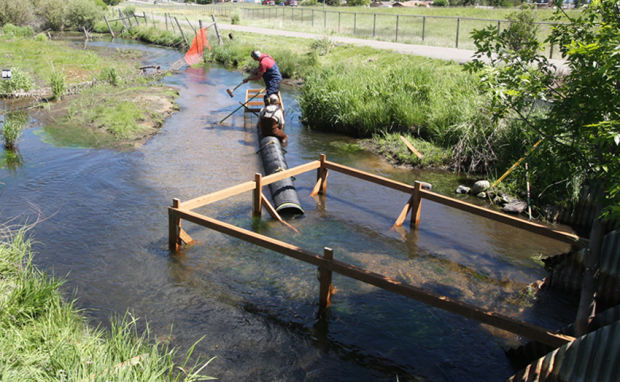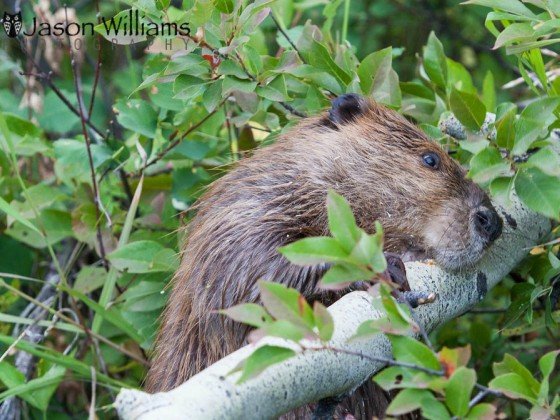‘Beaver buster’ targets dams across Dorchester County

What the saw-toothed rodents have done is lay waste to hundreds of hardwood forest acres by backing up creeks and drowning trees that are only supposed to be submerged part of the time
Their dams flood low-lying roads and undermine bridges along drainage in areas as populated as Rumphs Hill Creek outside Summerville. They have backed up Polk Swamp near St. George far enough to help threaten a key sewer outfall for upper Dorchester County.
They are ubiquitous and toothy enough that the county has a dedicated beaver crew to clean up their messes. But with the recent deluges, the ponding has only gotten worse. Now the county is bringing out the cavalry to clear those streams: a Caterpillar 305 Amphibious Excavator. Or, as Councilman George Bailey called it, “the Beaver Buster.”
The $167,000 excavator is an economy-sized mechanical shovel whose tracks double as pontoons. It can work its way into the bottoms and then float its way to the problem.
Obviously when I saw their amphibioua beaver buster and its shinty waterproof price tag, I could only ask the question that I’m sure many women in their lives have exclaimed, “Don’t you have anything bigger?”
You can’t imagine how much fun the crew in Dorchester will have sliding through the mud and ripping out beaver dams. In fact I expect they’ll do such a thorough job tearing up the mud that there will soon be no invertebrate community left at all. Which I guess they don’t mind if the fish or the ducks have nothing left to eat, but I thought the good people of South Carolina were hunters and sportsmen?
Set your clocks, because in three months some colorful public works lackey is going to ride that thing right through a conduit cable or water pipe and the entire city will be without power or water for a week.
Don’t worry, of course they’ll blame the beavers.
For a cruel joke go read the name of the councilman who is endorsing this monstrosity -stunning. When you read something like that you have to wonder if there’s a charity worker in the county saving babies and homeless women named “Henry Potter.”




















































